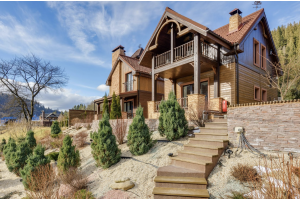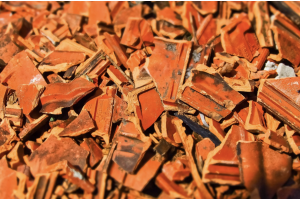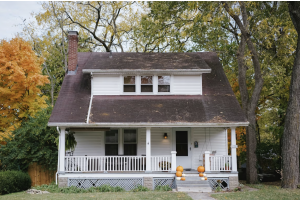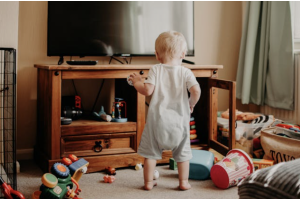Identifying Potential Hazards in Family Homes
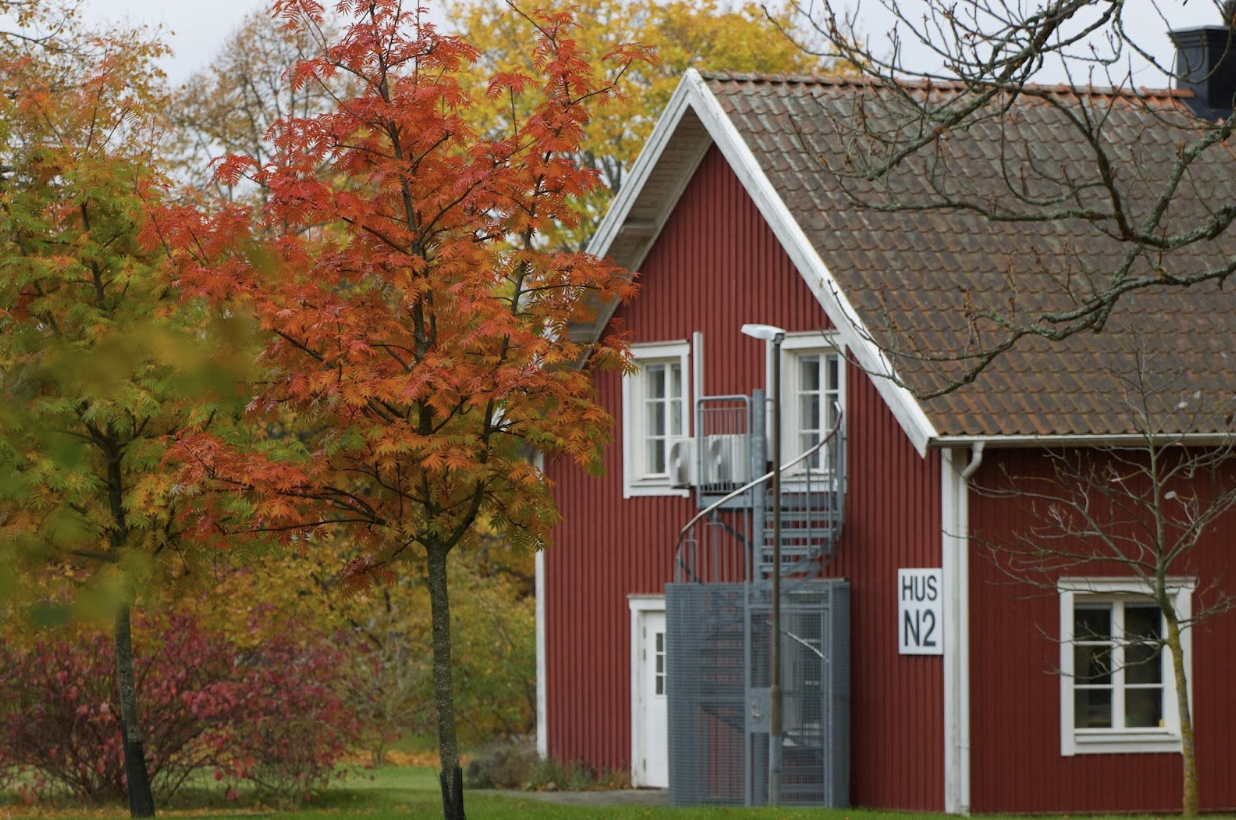
A family home should be a place of comfort, security, and stability. Even well-maintained homes can harbor hidden hazards that pose risks to health, safety, and long-term property value. Identifying these issues early prevents accidents and helps homeowners plan for timely repairs and upgrades that keep living spaces safe.
From structural concerns to environmental threats, each part of the home requires regular attention. Recognizing the most common hazards and addressing them proactively can make the difference between a safe home and one vulnerable to costly or dangerous damage.
Assessing Structural Integrity and Roof Safety
The structural framework of a home forms the foundation of safety. Shifting soil, moisture exposure, and temperature changes can lead to cracks in walls, uneven floors, and weakened foundations. Inspecting these areas regularly ensures the home remains stable and secure.
Roofing plays a particularly critical role in protecting the entire structure. Damaged shingles, leaks, or sagging areas can lead to water intrusion, mold growth, and insulation issues that compromise both safety and comfort. Homeowners should schedule routine maintenance and, when in doubt, get a roof inspection to identify vulnerabilities before they escalate into larger repairs. A professional inspection can detect loose flashing, deteriorating underlayment, or blocked gutters that might otherwise go unnoticed.
These assessments prevent leaks and extend the life of the roof, saving homeowners from expensive replacements in the future. Proactive care of the roof and supporting structures strengthens the safety of the home.
Checking for Fire and Electrical Hazards
Electrical systems are one of the most common sources of household fires. Outdated wiring, overloaded outlets, or faulty circuit breakers can overheat and cause sparks behind walls. Scheduling a professional electrical safety inspection helps uncover hidden hazards and ensures your home’s wiring meets current safety standards. Regularly inspecting outlets and cords for damage is also an easy but often neglected step in maintaining safety.
Homeowners should ensure that all electrical work meets local building codes and is performed by licensed professionals. Modern circuit breakers with ground-fault protection can significantly reduce the risk of electrical accidents. Unplugging unused devices and avoiding daisy-chaining power strips helps prevent overload.
Fire hazards extend beyond wiring. Dryer vents clogged with lint, unattended candles, and improperly stored flammable materials all pose serious threats. Smoke detectors and carbon monoxide alarms should be tested monthly, with batteries replaced as needed. A home equipped with functional alarms and fire extinguishers provides the first line of defense in an emergency.
Evaluating Indoor Air Quality
Air quality directly affects the health of everyone in the household. Dust accumulation, chemical fumes, and biological contaminants like mold can trigger allergies, respiratory problems, and fatigue. Proper ventilation, routine cleaning, and air filter maintenance are important for keeping air fresh and safe.
Basements, attics, and bathrooms are common areas where mold develops due to high humidity. Dehumidifiers and adequate airflow can help manage moisture levels. For homes with central HVAC systems, ducts should be cleaned every few years to prevent dust and contaminants from circulating through the living space.
If family members frequently experience unexplained headaches or sinus issues, testing for indoor pollutants such as radon or volatile organic compounds (VOCs) may be necessary. These invisible hazards often go undetected but can have long-term health consequences.
Examining Water Systems and Plumbing
Plumbing problems not only waste water but can also cause extensive damage if ignored. Leaky pipes, corroded fittings, and poorly sealed fixtures increase the risk of flooding, mold, and foundation damage. Early detection through regular inspections is key.
Pay attention to signs such as damp spots, peeling paint, or musty odors, which may indicate hidden leaks behind walls or under floors. Water heaters should be serviced regularly to ensure safe operation and prevent corrosion-related failure.
Securing Outdoor Areas and Entry Points
A family home’s exterior requires attention to minimize hazards. Uneven driveways, loose railings, and damaged walkways can cause trips and falls. Regular landscaping maintenance ensures that tree branches, overgrown shrubs, or debris do not obstruct pathways or damage siding.
Lighting is another important safety factor. Well-placed outdoor lighting deters intruders and helps family members navigate safely at night. Motion-sensor lights near entryways and garages provide security without adding to energy costs.
Maintaining Child and Pet Safety Indoors
For families with young children or pets, safety measures should be an ongoing priority. Stair gates, outlet covers, and secured cabinets prevent accidents in high-risk areas. Heavy furniture and TVs should be anchored to walls to prevent tipping.
Toxic substances such as cleaning supplies, medications, and pesticides must be stored out of reach. Homeowners should inspect indoor plants, as some species can be harmful if ingested by children or animals.
Image Source: https://pixabay.com/photos/house-home-door-sidewalk-2606818/
Professional assessments complement homeowner vigilance by identifying issues that require specialized repair. Keeping a record of maintenance tasks, inspection dates, and upgrades provides a valuable reference for both current safety and future resale.
A well-maintained home ensures security and enhances comfort and value. With a proactive approach, families can enjoy safer, healthier living environments for years to come.


